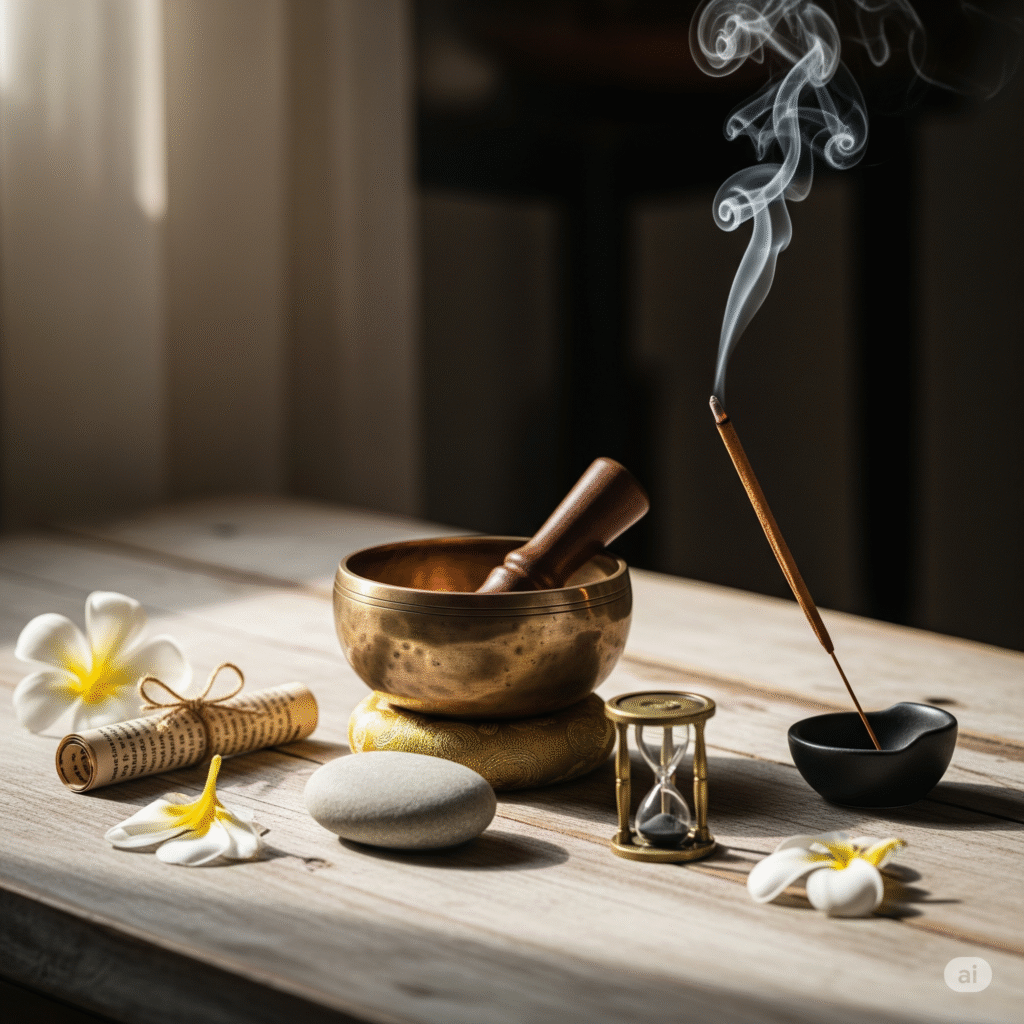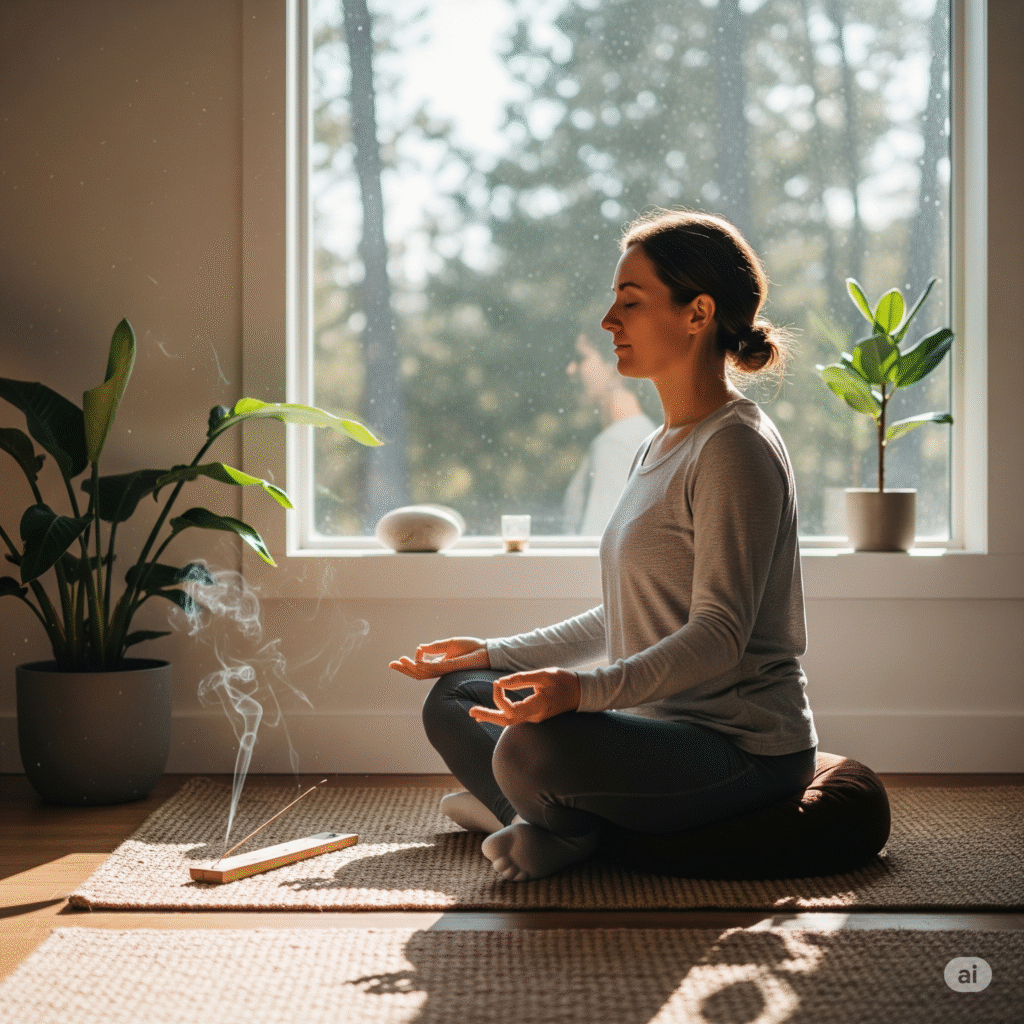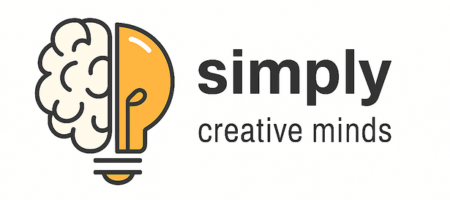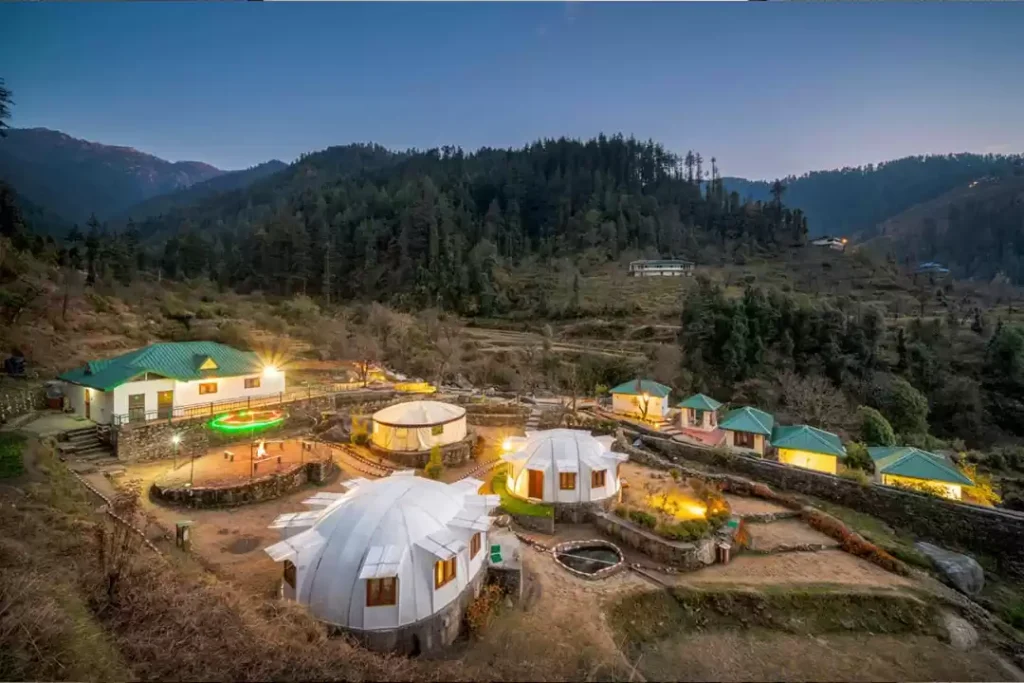Introduction
In today’s fast-paced world, finding moments of calm and clarity can feel challenging. This is where meditation techniques become invaluable tools. Far from being just spiritual practices, they are scientifically-backed methods to train your mind, reduce stress, and enhance your overall well-being. This guide will introduce you to core concepts, highlight the proven benefits of meditation techniques, and provide simple practices you can start using today to cultivate a more present and peaceful life.
What is Mindfulness?
Mindfulness means paying attention to the present moment with openness and without judgment. It’s about consciously observing your thoughts, feelings, and bodily sensations as they arise, rather than getting caught up in them or letting them dictate your reactions. By practicing mindfulness, which is a key component of many meditation techniques, you foster a greater sense of calm and control over your mind.



Science-Backed Benefits of Meditation Techniques
Extensive research increasingly highlights the profound positive impact of consistent meditation on both mental and physical health. Studies show that consistent practice of meditation techniques can:
- Reduce symptoms of anxiety and depression: By helping to calm the nervous system and shift focus away from negative thought patterns.
- Lower blood pressure and improve heart health: Contributing to a healthier cardiovascular system.
- Enhance focus, memory, and cognitive flexibility: Improving your ability to concentrate and adapt to new information.
- Increase emotional regulation and empathy: Leading to better control over your reactions and deeper connections with others.
- Boost overall sense of well-being: Fostering greater contentment and life satisfaction.
Simple Meditation Techniques to Get Started
These simple meditation techniques are a great way to begin your journey towards a more present and calm mind. Start with just a few minutes each day and gradually increase your practice time as you feel comfortable.
- Breathing Meditation: Find a quiet place where you won’t be disturbed. Sit or lie comfortably. Gently close your eyes. Focus your attention entirely on your natural breath—notice the sensation of the air entering and leaving your body. When your mind inevitably wanders (which it will!), simply acknowledge the thought and gently bring your attention back to your breath without judgment.
- Body Scan Meditation: Lie down or sit comfortably. Bring your awareness to different parts of your body, one section at a time. Start with your toes and slowly move up, noticing any sensations (warmth, tingling, pressure, absence of sensation) without trying to change them. This deepens body awareness.
- Mindful Eating Meditation: Choose a small piece of food. Before you eat it, observe its appearance, smell, and texture. Take a small bite, chew slowly, and fully experience the taste, texture, and aroma of each bite. Notice how your body responds. Avoid distractions like TV, phones, or reading during this exercise.
- Walking Meditation: Take a slow, deliberate walk, either indoors or outdoors. Pay close attention to the sensation of each step—how your foot lifts, moves through the air, and makes contact with the ground. Engage all your senses by noticing the sounds, sights, smells, and sensations of the environment around you, without getting lost in thought.
Overcoming Common Challenges with Meditation Techniques
It’s normal to encounter difficulties when starting meditation techniques. Here are some common challenges and how to navigate them:
- Restless mind: It’s a myth that meditation is about clearing your mind entirely. Accept wandering thoughts as normal; gently redirect your focus back to your anchor (like breath or body sensations) each time your mind strays.
- Impatience: Don’t expect instant results. Start with short sessions (even just 3-5 minutes) and gradually increase the duration as your focus improves. Consistency is more important than length.
- Doubt: Trust the process. Practice regularly and observe the gradual, subtle benefits over time. Meditation is a skill that develops with consistent effort, much like learning to play a musical instrument.
Incorporating Meditation Techniques into Daily Life
Meditation techniques aren’t just for formal sessions; you can weave them into your everyday activities:
- Practice mindful listening in conversations, giving your full attention to the speaker without planning your reply.
- Take short mindful breaks at work—a few deep breaths between tasks, or a moment to observe your surroundings.
- Use meditation apps like Headspace or Calm for guided sessions, especially when you’re starting out.
- Journal reflections after meditation or mindful moments to process your experiences and observe patterns.
Summary
Mastering Meditation Techniques offers a powerful pathway to enhanced mental well-being, reduced stress, and greater clarity in life. By understanding the core principles and consistently applying simple meditation techniques like breathing meditation, body scans, and mindful eating, you can cultivate a more present and resilient mind. Overcoming initial challenges through patience and regular practice will allow you to integrate these techniques seamlessly into your daily routine, fostering a lasting sense of calm and a deeper connection to the present moment.
Want even more practical health and wellness tips? Explore our full collection of articles in the Health Tips category.
Considering these insights, which of these meditation techniques will you try first to bring more peace and clarity into your day?
Habban Valley – Hidden Paradise in Sirmaur, Himachal Pradesh
Introduction Looking…
Key Monastery – The Soul of Spiti’s Spiritual Landscape
Introduction Towering…
Welcome to Dharamshala – The Spiritual Heart of Himachal Pradesh
Introduction Dharamshala,…
Discover Mandi: The Varanasi of Hills and Its Must-See Attractions
Introduction Nestled…
Flavorful Mexican Avocado and Tomato Salad: Creamy, Refreshing & 10 Min
✅ Vegan…
Dera Baba Bharbhag Singh – Spiritual Healing & Annual Fair
Introduction Hidden…









